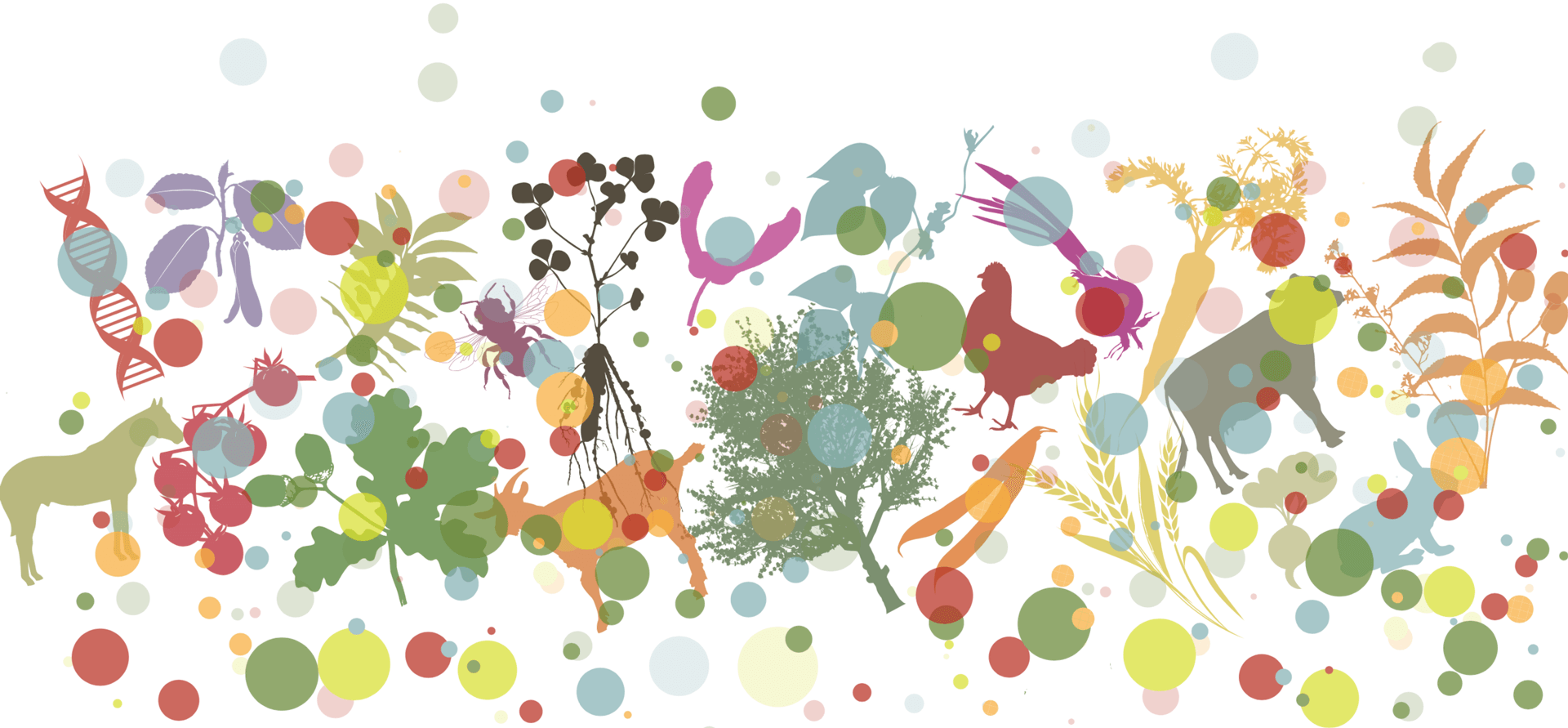New original article on plant genetic resources
Posted on 2023-10-11Evaluating agromorphological traits of Greek wheat landraces and exploring their potential for bread and pasta making based on seed physical properties
Physical and morphological characteristics of Greek wheat landrace and cultivar seeds were evaluated, aiming to assess their bread- and pasta-making quality. Furthermore, the plant agromorphological traits of wheat landraces and cultivars were measured and correlated with seed physical properties. Fifteen Triticum spp. accessions, out of which four cultivars (two Triticum aestivum and two T. durum), nine landraces (two T. durum, five T. aestivum, one T. dicoccum and one T. polonicum) and two T. durum of unknown status were studied. Seventeen morphological plant and seed traits were measured based on UPOV descriptors. Ear emergence was earlier in cultivars than in landraces. The plant weight of the landraces was, in some cases, almost twice the cultivars’. Seed firmness (62.96–194.85N) was positively correlated with thousand kernel weight and volume (0.840 and 0.791, P < 0.05, respectively). Based on the agromorphological traits, cluster analysis clearly separated the species and the cultivars from the landraces, and the unknown status accessions were grouped with the cultivars. Cluster analysis with all measured traits set the wheat accessions in the following distinct groups: (1) T. durum cultivars including the unknown status accessions, (2) T. aestivum cultivars, and (3) T. aestivum and T. durum landraces. T. polonicum and T. dicoccum each formed a separate group. Seed physical properties of the analyzed Greek landraces indicated their suitability for bread and/or pasta making.
Read the paper at https://doi.org/10.46265/genresj.HFWZ5263


 This journal has been conceived as part of the
This journal has been conceived as part of the